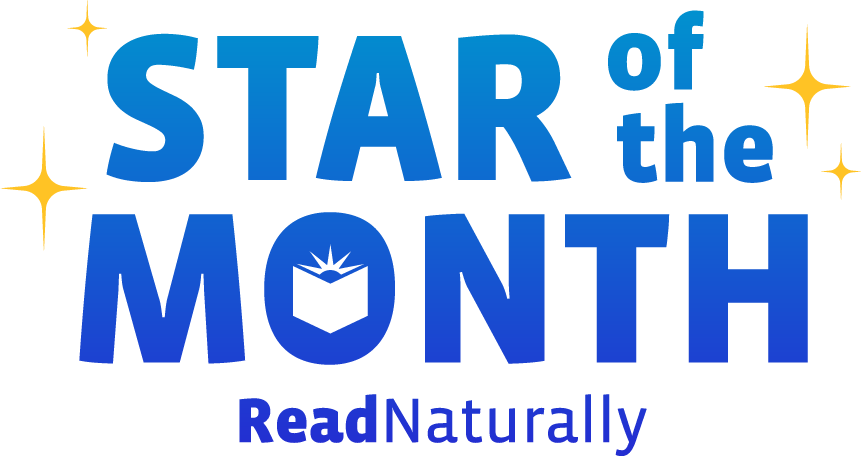For the seventh year in a row, the Read Naturally team got together to supply local kids in need with back-to-school essentials.
Read more Innovations and developments over more than three decades have continuously enhanced the quality of the tools Read Naturally offers for teachers and students. In addition, Read Naturally remains dedicated to doing right by teachers and students. Our founder, Candyce Ihnot, still works tirelessly along with the rest of the Read Naturally team to strengthen its reading instruction tools and training.
Read more “What is your favorite children’s book and why?” We asked this question to the entire Read Naturally staff. The reason was twofold. First, we wanted to donate the books—48 in total—to a local nonprofit called Read Indeed, which distributes books to children in need. Second, we wanted to compile a thoughtful booklist to share with all of you, our dear supporters.
Read more The year was 1991. The Dow Jones Industrial Average topped 3,000 for the first time. Madonna, Janet Jackson, and Whitney Houston were battling for the top spot on the pop charts. The Soviet Union was dissolving, and the Cold War was over. The future was bright, and anything was possible.
Read more Back in 2018, Read Naturally founder Candyce Ihnot wrote a blog post about how she uses the Word Warm-ups program to boost her students’ phonics skills. In her post, Time for Phonics, Candyce explains why using Word Warm-ups for phonics practice is beneficial for readers at all levels. She also explains the clever and motivating ways she incorporates this program into the daily schedule of her reading lab. Be sure to check out her article, as it describes several ideas that have resulted in great success—and great fun—in Candyce’s reading lab.
Read more When Candyce Ihnot developed the Read Naturally Strategy back in 1989, her students were the only ones using it. It might have stayed this way, had it not been for the dedicated teachers who saw promise in Candyce’s results and decided to give the strategy a try with their own students. Pleased with how well it worked, these teachers spread the word to other teachers. This is how, eventually, the Read Naturally Strategy came to help millions of struggling students read fluently.
Read more We are pleased to report that the Closing the Gap organization recently featured Read Naturally on its Front Page Report, which highlights the products and developments that are influential in the area of assistive technology. Assistive technology is any product or tool that helps people with disabilities in the tasks they set out to accomplish. Closing the Gap is internationally renowned as the leader in assistive technology news, resources, and professional development.
Read more We at Read Naturally have something extra to be thankful for this Thanksgiving. Over 1,000 education professionals recently voted for their favorite educational technology tools via THE Journal’s fourth-annual Readers’ Choice Awards. We’re pleased to announce that Read Naturally won a platinum award in the category of Favorite Interventions & Remediation Software! Click here for the full list of winners.
Read more A recent audio documentary and corresponding article from American Public Media highlight a serious problem in our country: According to the National Assessment of Educational Progress, more than 60 percent of American fourth-graders are not proficient readers, and that statistic has held since testing began in the 1990s. The documentary is called Hard Words: Why aren’t kids being taught to read?, and we encourage you to check it out.
Read more To align to the requirements for Every Student Succeeds Act (ESSA, 2015), educators must select interventions that are evidenced-based. Read Naturally has done the groundwork for you and provides easy access to the studies that prove that Read Naturally is evidence-based and effective in increasing student achievement. The Read Naturally Strategy is well established as research-based, thanks to the high-quality research that informs the development of our programs and inspires our decisions as an educational publisher. The Read Naturally Strategy also clearly meets the criteria for evidence-based according to ESSA.
Read more  Share your student’s success story—nominate him or her for our Star of the Month award. Win a Barnes & Noble gift card for the student and a Read Naturally gift certificate for your class!
Share your student’s success story—nominate him or her for our Star of the Month award. Win a Barnes & Noble gift card for the student and a Read Naturally gift certificate for your class!